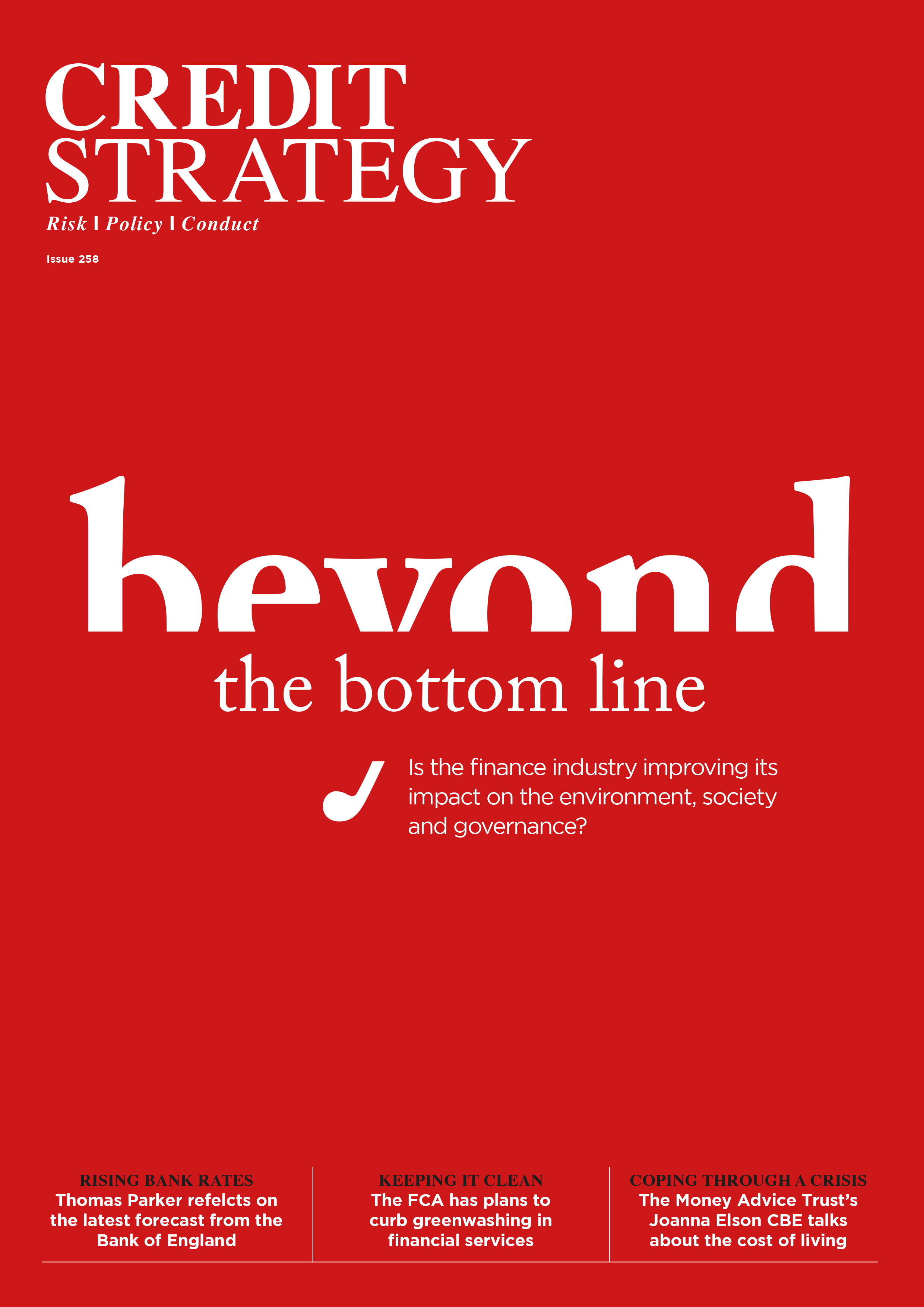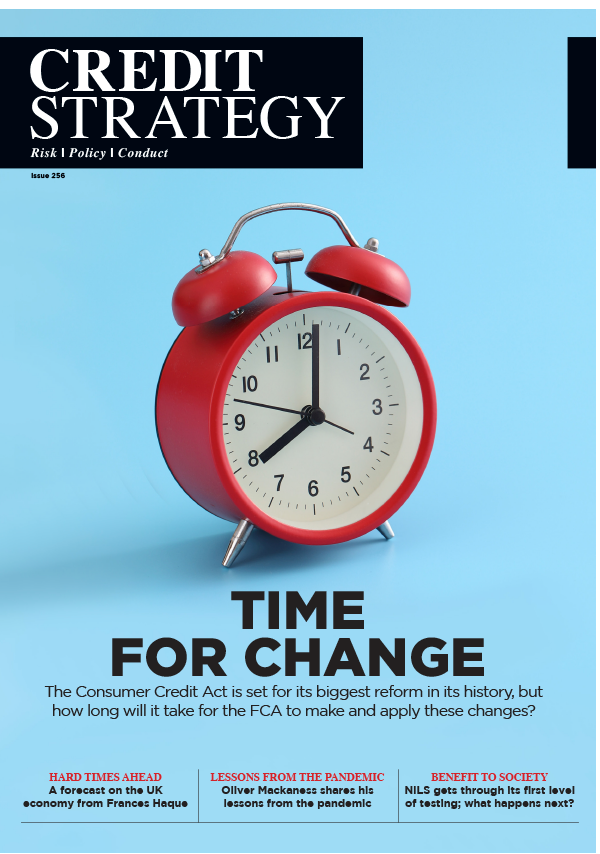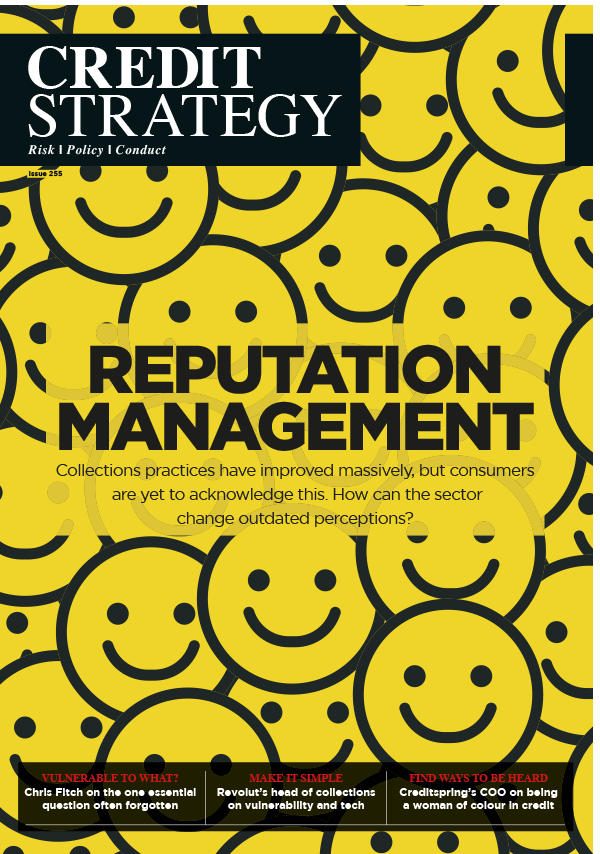Dear visitor,
You're reading 1 of your 3 free news articles this quarter
Register with us for free to get unlimited news, dedicated newsletters, and access to 5 exclusive Premium articles designed to help you stay in the know.
Join the UK's leading credit and lending community in less than 60 seconds.
SME bank overdrafts rising as small businesses face financial strain
The value of small and medium-sized enterprises’ (SMEs) overdrafts grew 18% from £8.3bn (May 2021) to £9.8bn (May 2022) as small businesses face financial stress, says UHY Hacker Young

James Simmonds, Partner at UHY Hacker Young, says that the rise in overdraft use is concerning as overdrafts are normally an unsuitable form of lending for small businesses. The fact that they can be withdrawn with little notice makes them risky.
UHY Hacker Young, founded in 1925, is a group of UK chartered accountants with over 19 offices across the UK and 325 across the world. They cover a wide array of sectors including auditing, business advice and accounting.
Interest rates on overdrafts are higher than on some other forms of lending. The average rate charged on an SME overdraft was 4.3% in May 2022, compared to 3.2% for traditional term loans. The rise suggests that some SMEs may be struggling to secure these more suitable forms of lending.
The increase in the amount borrowed by SMEs through overdrafts is a reversal of a decade-long trend of falling overdraft use. The value of small business overdrafts fell consistently over the past decade as businesses benefited from a benign economy and high consumer spending.
The availability of CBILS and BBLS loans during the pandemic reduced the need for overdrafts among SMEs. James Simmonds says that some SMEs may now be using their overdrafts to make repayments on those loans.
Small businesses in the retail sector have increased their overdrafts by the largest percentage over the past year, rising 41% from £1.1bn to £1.6bn. As the cost-of-living crisis forces consumers to slow their spending, more small retail businesses have faced a cash flow crunch.
Manufacturers have borrowed more heavily, with overdrafts in this sector increasing by 69% from £680m to £1.1bn between May 2021 and May 2022. Manufacturers are dealing with the rising cost of raw materials as well as labour and other overheads such as energy.
Simmonds says: “It is worrying to see small businesses relying more heavily on their overdrafts.”, and that: “Cash flows are coming under increased pressure”, while: “interest rates are still relatively low.”
He continued, saying that: “As shoppers tighten their belts”, retail “is feeling the squeeze.” Seeing their margins: “Eaten up” by inflation, describing overdrafts as “a vital lifeline” for these businesses.
Simmonds concludes: “The effects of the uncertainty are hitting manufacturers too. As the cost of raw materials continues to rise, small businesses have little leeway to absorb the rising costs other than by relying on their overdrafts to tide them over.”
Stay up-to-date with the latest articles from the Credit Strategy team
Get the latest industry news






